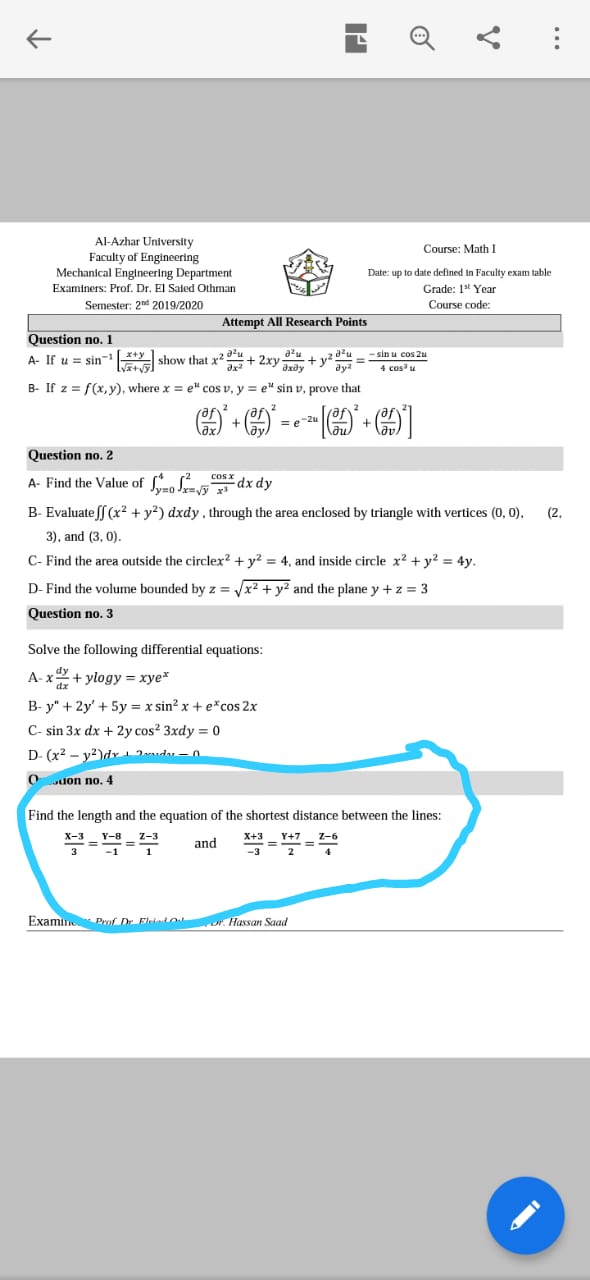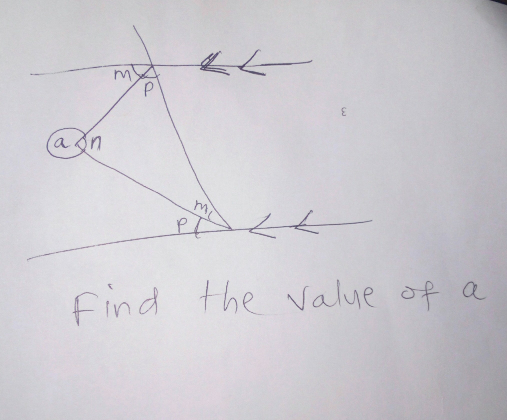
AllQuestion and Answers: Page 1204
Question Number 96125 Answers: 1 Comments: 0
$$\mathrm{4x}^{\mathrm{2}} \mathrm{y}''\:+\mathrm{12xy}'\:+\:\mathrm{3y}\:=\:\mathrm{0} \\ $$
Question Number 96117 Answers: 2 Comments: 0
Question Number 96108 Answers: 0 Comments: 0
$${are}\:{the}\:{system}\:\left({z},+,\leqslant\right){is}\:{orderd}\:{integral}\:{domain}\:? \\ $$
Question Number 96106 Answers: 0 Comments: 1

Question Number 96097 Answers: 1 Comments: 0

Question Number 96092 Answers: 0 Comments: 4
$${find}\:\int\frac{{dx}}{{tan}^{−\mathrm{1}} \left({x}\right)} \\ $$
Question Number 97266 Answers: 2 Comments: 1
Question Number 96089 Answers: 2 Comments: 0

Question Number 96083 Answers: 1 Comments: 0
Question Number 96078 Answers: 0 Comments: 0
Question Number 96076 Answers: 2 Comments: 0
$$\int\:\mathrm{3x}.\mathrm{2}^{\mathrm{x}} \:\mathrm{dx}\:?\: \\ $$
Question Number 96072 Answers: 1 Comments: 0
Question Number 96065 Answers: 3 Comments: 0
$$\mathrm{y}'\:+\:\mathrm{y}\:=\:\mathrm{x}\:\sqrt[{\mathrm{3}\:\:}]{\mathrm{y}^{\mathrm{2}} } \\ $$
Question Number 96114 Answers: 0 Comments: 6
Question Number 96060 Answers: 1 Comments: 4

Question Number 96052 Answers: 1 Comments: 0

Question Number 96051 Answers: 0 Comments: 1
Question Number 96041 Answers: 1 Comments: 0
Question Number 96034 Answers: 2 Comments: 1
Question Number 96032 Answers: 1 Comments: 3

Question Number 96023 Answers: 0 Comments: 0

Question Number 96022 Answers: 0 Comments: 0

Question Number 96021 Answers: 0 Comments: 1
Question Number 96012 Answers: 2 Comments: 1

Question Number 96008 Answers: 0 Comments: 1
Question Number 96007 Answers: 0 Comments: 1
Pg 1199 Pg 1200 Pg 1201 Pg 1202 Pg 1203 Pg 1204 Pg 1205 Pg 1206 Pg 1207 Pg 1208
